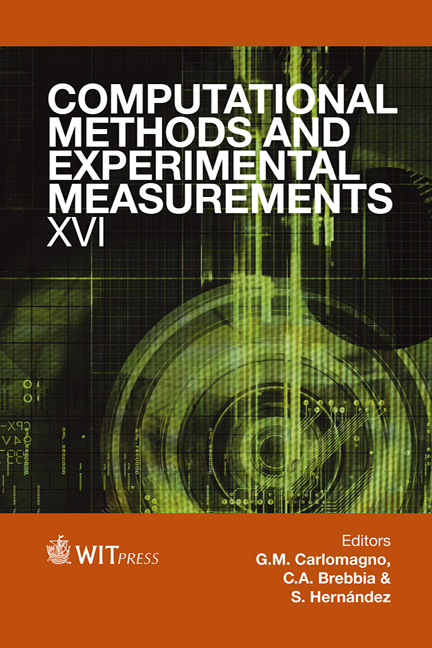Influence Of Hydrolysis On The Mechanical Properties Of PLA Nanofibers
Price
Free (open access)
Transaction
Volume
55
Pages
9
Page Range
389 - 397
Published
2013
Size
669 kb
Paper DOI
10.2495/CMEM130321
Copyright
WIT Press
Author(s)
K. Tanaka, M. Ono & T. Katayama
Abstract
Due to the high surface area to volume ratio, polymer nanofibers are expected to be used for a wide range of applications such as tissue engineering, drug delivery, wound dressing scaffolds, artificial blood vessels and so on. Poly L-lactic acid (PLLA) is a thermoplastic resin with a melting temperature of about 180°C. Its melting temperature is not high enough in some applications. An equimolar mixture of poly L-lactic acid (PLLA) and poly D-lactic acid (PDLA) can be crystallized into a stereocomplex-type PLA (SCPLA). The melting point of a stereocomplex crystal is 50°C higher than that of PLLA. It has been reported that SCPLA is more stable against hydrolysis than PLLA. Poly lactic acid (PLA) is one of a few polymers that are practically applied as various medical materials such as implants and sutures. Since PLA is easily hydrolyzed in a water environment, the effect of water absorption on the mechanical properties should be investigated. In this study, the influence of hydrolysis on the mechanical properties of PLLA and SCPLA nanofiber were investigated by a single nanofiber tensile test. The tensile strengths of PLLA and SCPLA nanofiber were 141MPa and 165MPa, respectively. The immersing in water at 37°C for 4 weeks does not affect the mechanical properties of either PLLA or SCPLA. Keywords: electrospinning, nanofiber, poly L-lactic acid (PLA), tensile test, stereocomplex-type PLA, hydrolysis.
Keywords
Keywords: electrospinning, nanofiber, poly L-lactic acid (PLA), tensile test, stereocomplex-type PLA, hydrolysis.





